Last updated on February 3rd, 2023 at 10:37 am
Range anxiety is one of the top reasons why those who haven’t taken the EV plunge yet are still reluctant to do so. If you charge at home and never go further than half your EV’s range on any journey, this won’t be an experience you ever have. The problem arises if you don’t have home charging or regularly do longer trips. Then you will need to contend with the UK’s public charging network, which is patchy at best, and often beyond frustrating. In this guide, we provide some tips about which networks are the best to use, and the common pitfalls to avoid.
Know Your Charger Types and Speeds
If you’re a new EV owner, the first thing you should familiarise yourself with is the types of plugs and charging speeds available, as well as your own car’s capabilities. Our previous Part 1 guide provides a detailed explanation of the differences between CHAdeMO, Type 2 or CCS and AC or DC charge rates. In a nutshell, almost all new EVs now have CCS connections, which combine a Type 2 plug for AC charging with a larger connector that includes this but provides a couple of extra pins for much faster DC charging.
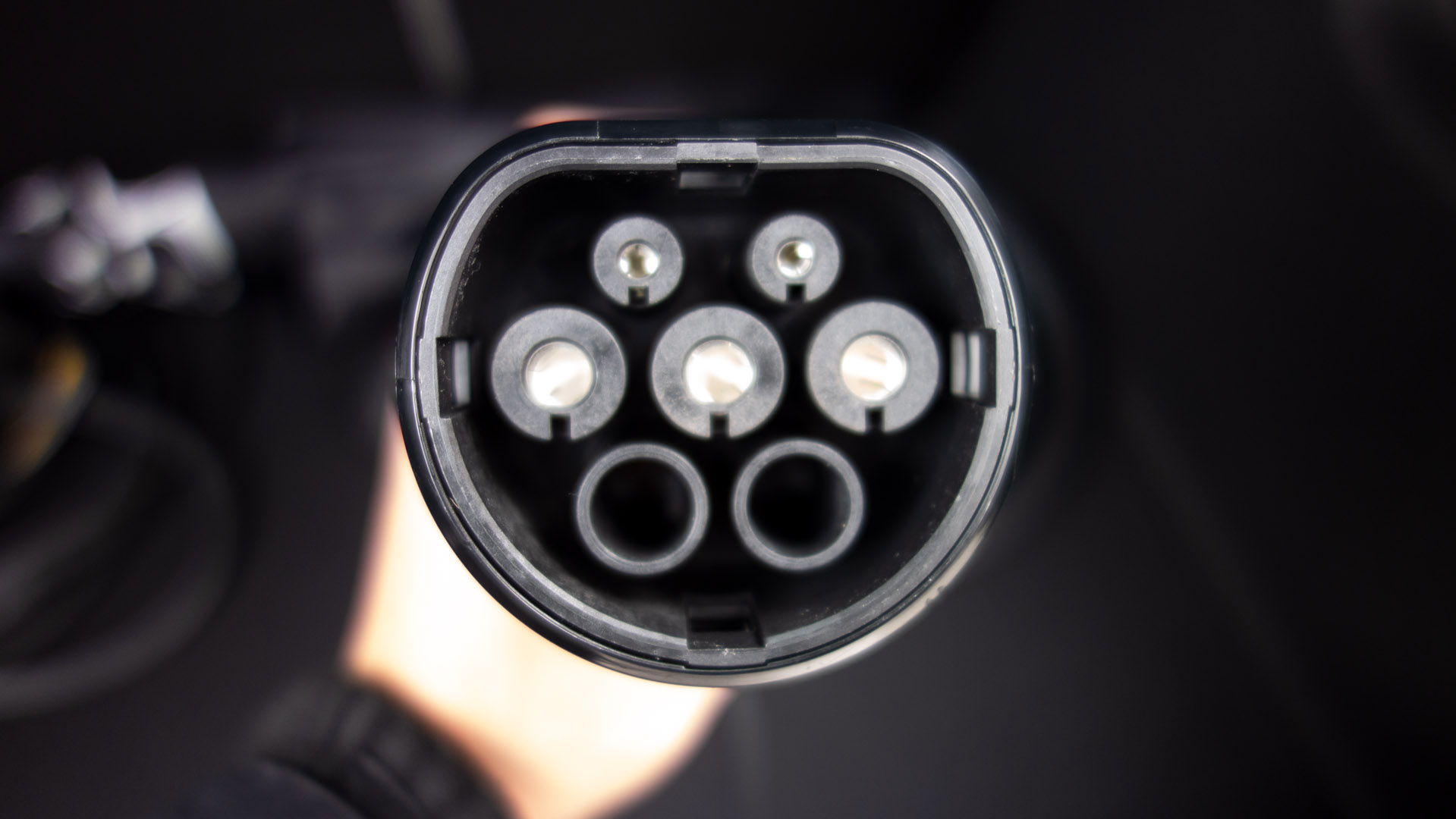
A few older EVs used Type 1 for AC, and the Nissan Leaf is still forging its own way with CHAdeMO for DC charging, for the time being. But the connector war in Europe is essentially over and CCS won. Although, as we already said, this combines two different plugs for AC and DC, most cars will come with a Type 2 cable and a “granny” charger (for plugging into a domestic 13A supply) that will allow owners to use most Type 2 AC options. Because DC cables are designed to cope with much higher wattages, they are built into the chargers themselves. Make sure you head out with your car’s Type 2 cable, though.
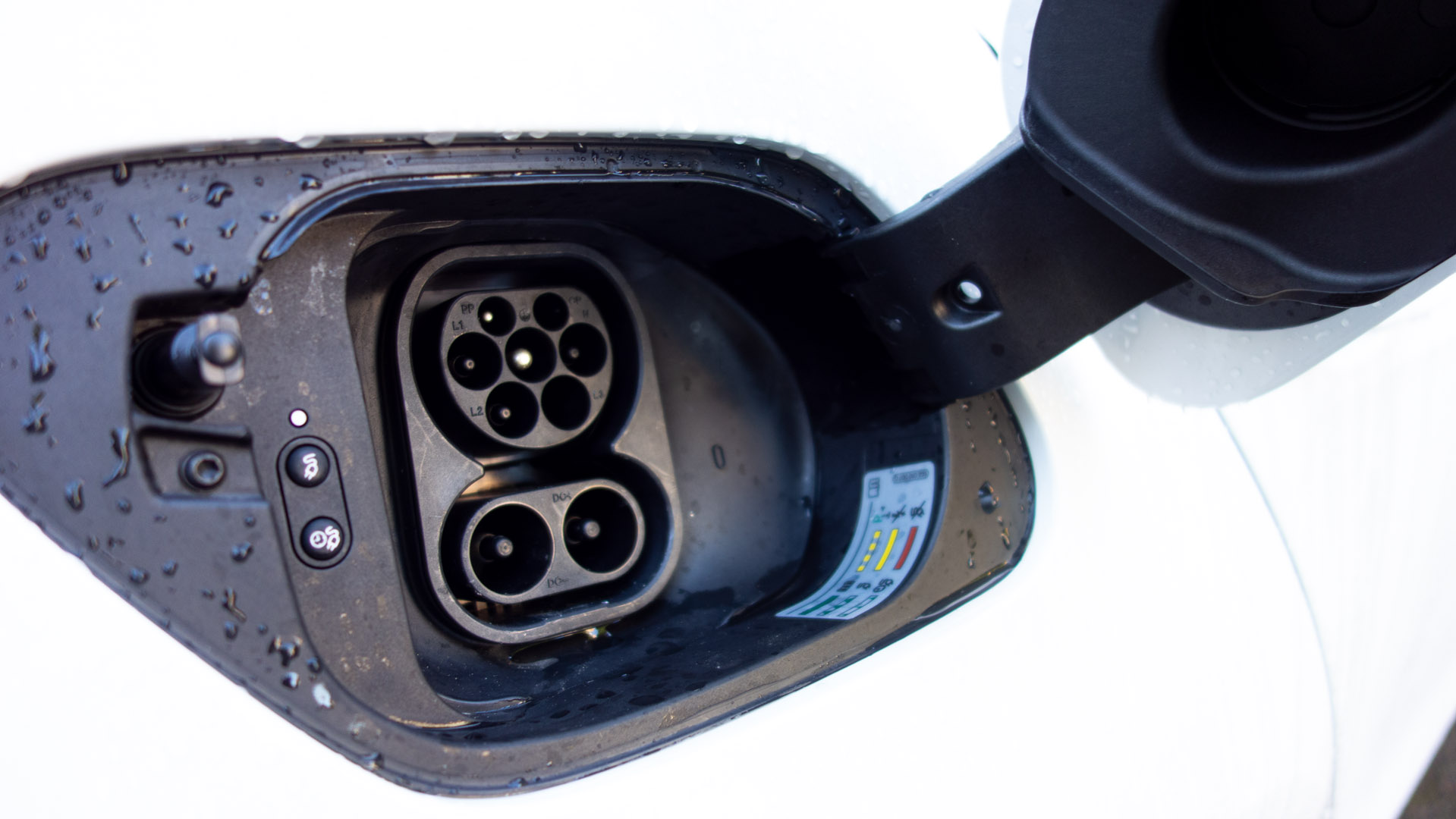
The next thing you will want to consider is what kind of charge your car actually needs. If you’re parking up for a few hours – perhaps going shopping, for an evening meal, or to the gym – an AC charger may be available near your destination and perfectly sufficient. Municipal car parks have been installing these, they are available on some city streets, and supermarkets have been adding them to parking areas too. Hotels are also offering AC chargers, including Tesla Destination Chargers, for guests to use. Since you’re staying overnight, you don’t necessarily need to back up to full capacity in 30 minutes. Local street chargers fit into this category as well.
However, faster DC chargers are also being added to some destinations like fast food outlets and coffee shops, as an incentive to customers who want to be in and out as fast as possible. This is also the preferable type to use when frequenting one of the new charging hubs that are starting to emerge, such as Osprey’s hub in Croydon or the GRIDSERVE electric forecourt in Braintree. Alternatively, on a long journey, a DC rapid charger at a service station will be the preferable option.

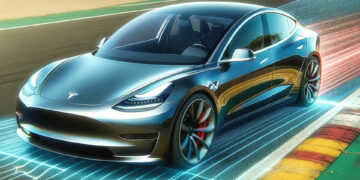
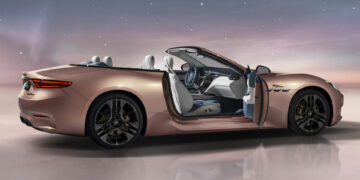
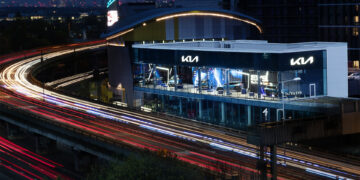
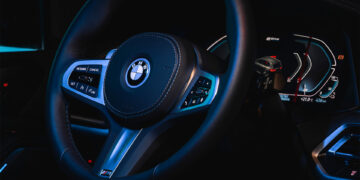
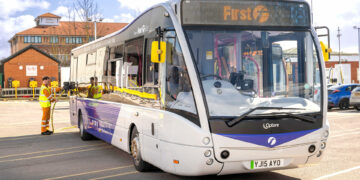
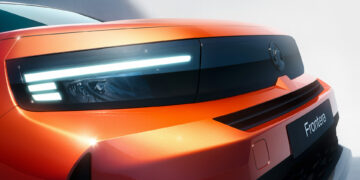

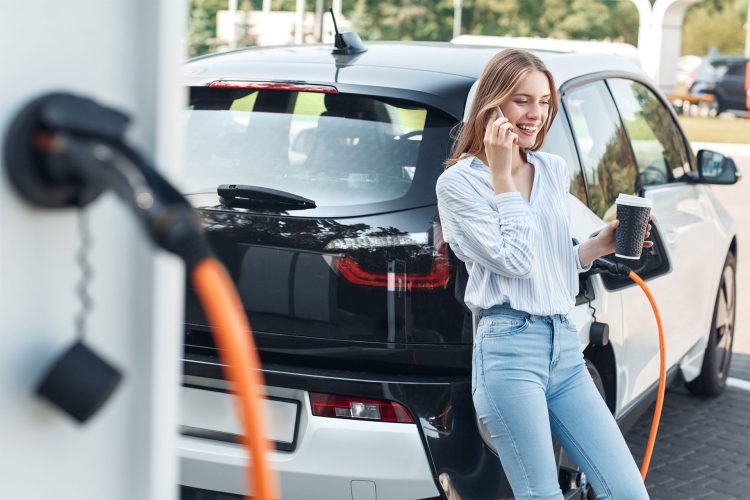






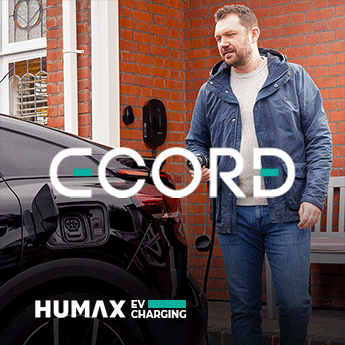



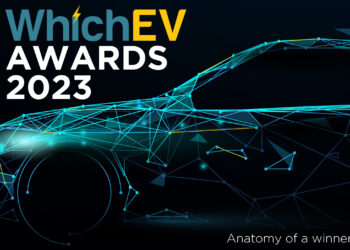
Discussion about this post